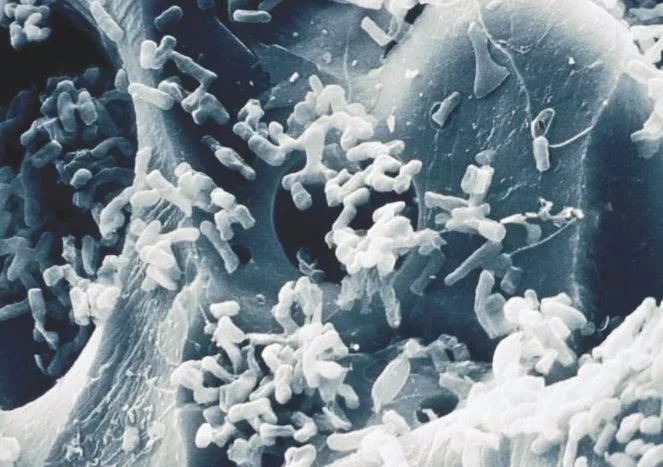These are the directions for performing the tests that you will refer to each time you need to determine the total chlorine, free chlorine or ammonia concentration of a water sample.It is important to follow these testing instructions very closely. Extra test strips are not provided so you will need to make each one count.
Operation Water Biology Glossary
All Operation Water Biology Handouts in One PDF Document
Lesson One: Chlorination and Dechlorination
The students will gain a basic understanding of the role of water treatment facilities. Students will learn about the importance of eliminating biological activity in drinking water. Students will learn about chlorination as a means of disinfecting water. Students will learn about the concept of dechlorinating water and one of the ways this can be done.
Lesson Two: Chlorination and Chlorine Demand
Students will expand their understanding of chlorine demand by participating in an experiment. Students will learn about the Guidelines for Canadian Drinking Water Quality guideline for total chlorine. Students will learn how to perform calculations involving concentration, volume and dilution factors.






